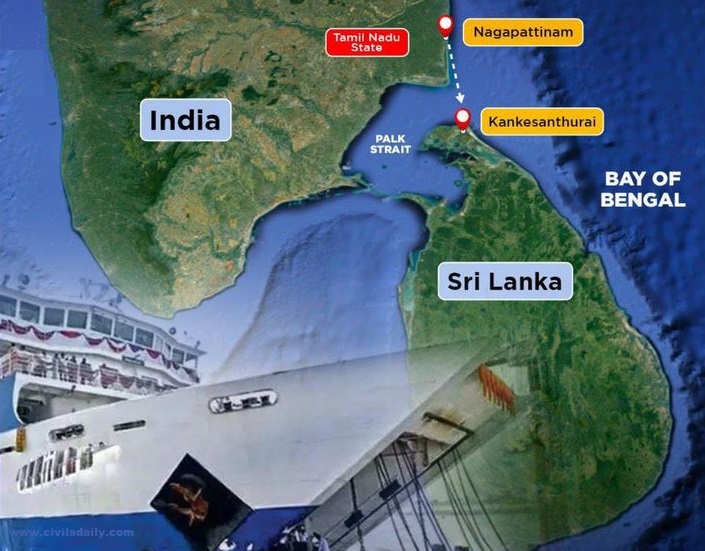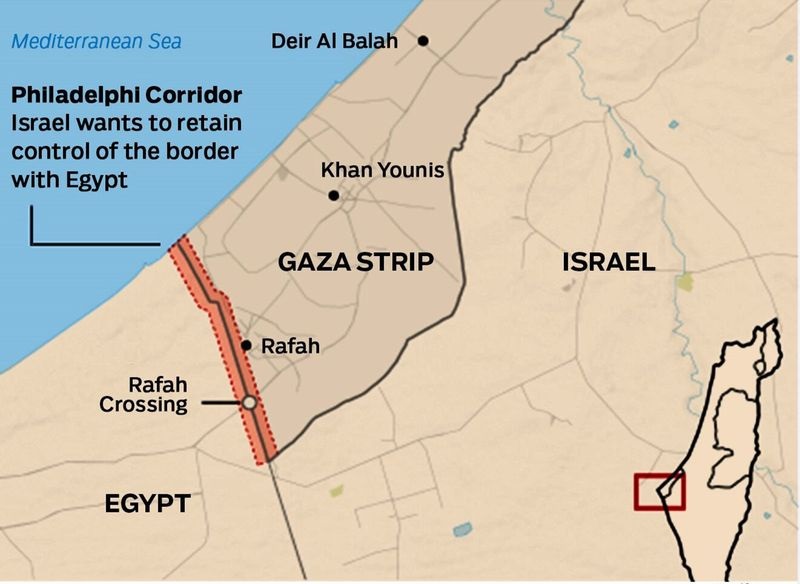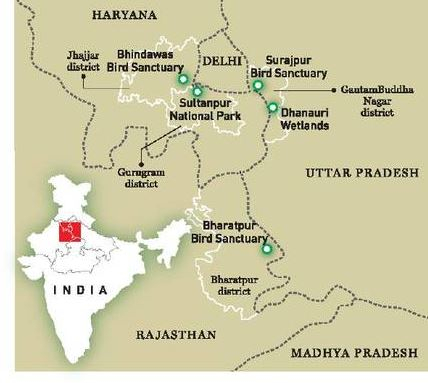Why in the News?
In the third year of the five-year Swachh Bharat Mission (SBM) Urban 2.0, larger cities have yet to clear land at half of their landfill sites. According to government sources, only 38% of the total waste has been remediated so far..
Present State of Cities in India (related to legacy landfills):
- Inadequate Progress in Waste Remediation: Three years into Swachh Bharat Mission (SBM) Urban 2.0, only 38% of the waste in legacy landfill sites across major cities has been remediated. About 62% of garbage still remains unprocessed, and 65% of the land has not been cleared.
- Slow Progress in Large Cities:
- In major cities with populations over 1 million, 35 out of 69 landfill sites have not had any land cleared.
- Deonar landfill in Mumbai, the largest in India, has not seen any remediation or land clearance.
- In Ahmedabad’s Pirana landfill, 48% of the total area has been cleared, while in Delhi’s Ghazipur and Bhalaswa landfills, waste remediation has begun, but no land has been reclaimed yet.
- Challenges with Legacy and Fresh Waste: Legacy landfills remain a persistent issue as fresh waste is still being deposited at the same sites undergoing remediation. This cycle hampers progress, as more fresh waste offsets the clearance of older waste, making remediation efforts inefficient.
| Note: The Swachh Bharat Mission – Urban 2.0 (SBM-U 2.0), launched on October 1, 2021, aims to achieve a “Garbage Free” India by 2026. It focuses on sustainable sanitation, effective waste management, and enhancing urban cleanliness through initiatives like door-to-door waste collection and remediation of legacy dumpsites. |
What are the cities expected to do with reclaimed land?
- Reuse Plans for Cleared Land: According to SBM Urban 2.0 guidelines, cities are expected to reuse cleared land after bioremediation for productive purposes such as:
- Refuse Derived Fuel (RDF): Waste is processed into RDF for use in waste-to-energy plants.
- Construction and Demolition Waste Recycling: Cleared waste is recycled for infrastructure projects.
- Bio-soil: Reclaimed bio-soil is used for road construction or other land development projects.
- Limited Action on Reuse: Despite these plans, the amount of land reclaimed from garbage dumps remains minimal in many cities, and detailed data on how reclaimed land is being utilized is lacking. As of now, the focus remains on remediation rather than immediate land reuse.
Way forward:
- Develop Alternative Waste Processing Sites: Cities must create dedicated facilities to manage fresh waste separately from legacy landfills to avoid offsetting progress and ensure efficient remediation.
- Accelerate Land Reuse Plans: Prioritize the swift repurposing of reclaimed land for productive uses, such as waste-to-energy plants, construction material recycling, and bio-soil applications, ensuring sustainable urban development.
Mains PYQ:
Q How could social influence and persuasion contribute to the success of Swachh Bharat Abhiyan? (UPSC IAS/2016)




